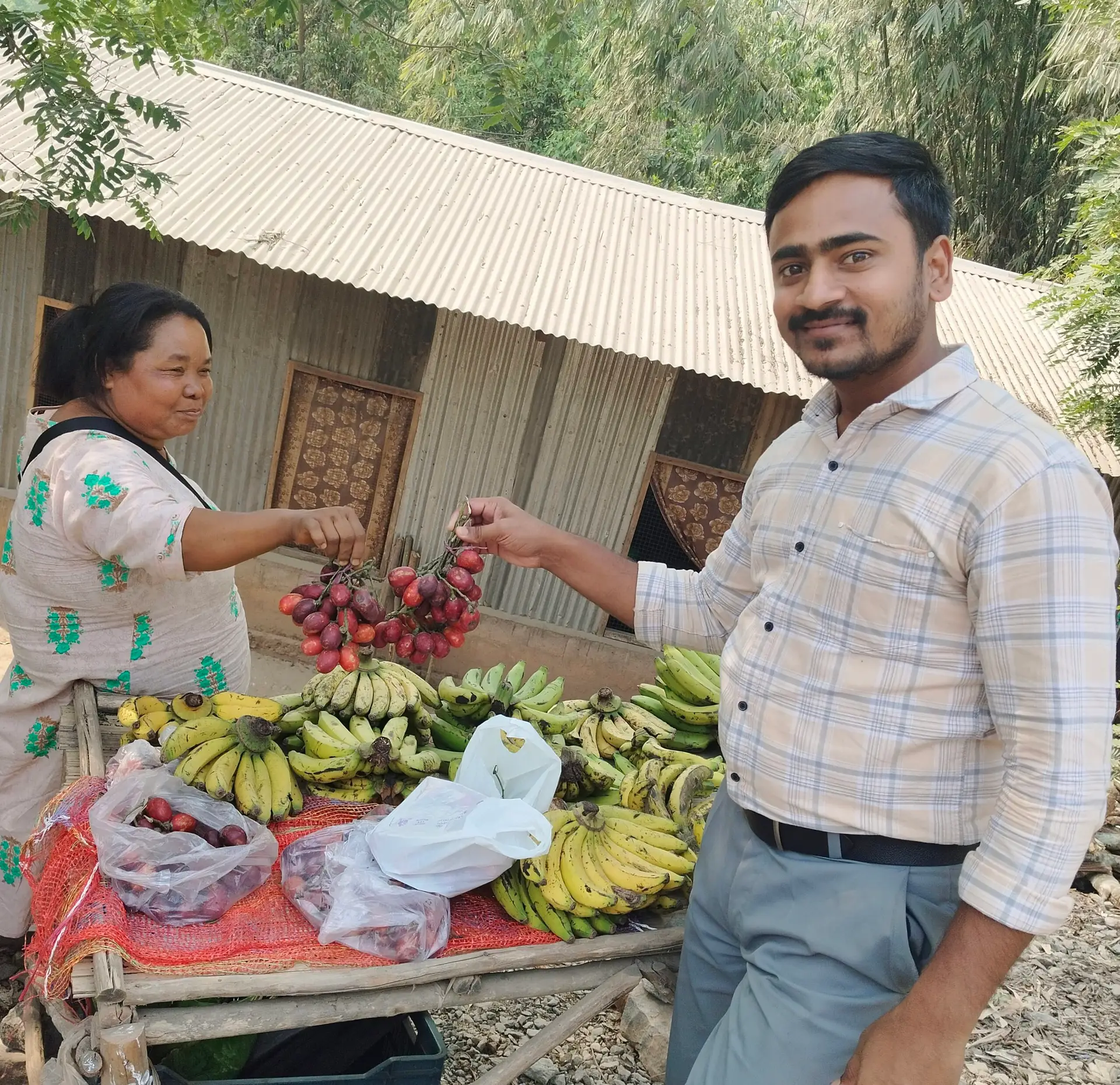
Over the past year, we have noticed various new spices and fruits in the Tura market of Garo Hills. We were surprised by the health and nutritional benefits of these forest fruits. Unfortunately, many people overlook them despite their immense health benefits. This is our humble attempt to raise awareness regarding their nutritional and medicinal value, as well as the environmental benefits of these species. Let this journey through the tales of these fruits ignite curiosity, encourage their inclusion in our diets, and foster a deeper appreciation for the bounty of nature that lies hidden in plain sight. The revitalization of these forgotten fruits is not just about health; it is a step toward embracing heritage and ensuring ecological harmony for future generations.
List of Fifteen Forgotten Fruits
| Sl. No. | Scientific Name | Common Name | Parts consumed | Other uses |
| 1 | Baccaurea ramiflora | Burmese grape | Fruits | Traditional Medicine |
| 2 | Bursera serrata | Indian red pear; Te-kring | Fruits | Traditional Medicine |
| 3 | Calamus erectus | Viagra palm | Young shoots; Leaves; Fruits | Ornamental; Construction use |
| 4 | Dillenia indica | Elephant apple | Fruits | Ornamental; Traditional Medicine |
| 5 | Docynia indica | Assam apple; Nashpati | Fruits | Traditional medicine |
| 6 | Elaeocarpus floribundus | Jalpai; Indian olive | Fruits | Ornamental; Traditional Medicine |
| 7 | Flacourtia jangomas | Coffee plum; Scramberry | Fruits | Traditional medicine |
| 8 | Haematocarpus validus | Blood fruit | Fruit | Dye, Traditional Medicine |
| 9 | Litsea cubeba | Litsea; May chang | Fruits | Perfume; Traditional medicine |
| 10 | Meyna laxiflora | Muyna; Samatan | Fruits; Leaves | Winery; Traditional medicine |
| 11 | Myrica esculenta | Box myrtle; Bayberry | Fruits | Traditional medicine |
| 12 | Parkia timoriana | Tree bean; Yongchak | Fruit pods; Flowers | Ornamental; Traditional Medicine |
| 13 | Prunus jenkinsii | Himalayan cherry | Fruit | Traditional medicine |
| 14 | Rhus semialata | Nutgall; Chinese sumac | Fruits | Traditional medicine |
| 15 | Spondias mombin | Hog plum | Fruits | Traditional Medicine |
1. Baccaurea ramiflora
Commonly known as Burmese grapes, a tropical fruit tree native to Southeast Asia. In India, it is distributed in Sikkim, Arunachal Pradesh, Darjeeling Hills, Tripura, Assam, Odisha, Meghalaya, and Andaman Nicobar. The evergreen and shade-loving features of this tree make it adapt under areca nut plantation and bear edible fruits which are rich sources of Mg, K, P, and Fe. Fruits also possess a significant amount of ascorbic acid, which shows antioxidant properties. It has been mentioned in Chinese Dai medicine, it is used to treat various diseases, injuries, rheumatoid arthritis, cellulitis, abscesses, etc. The young leaves of the plants are used as vegetable or flavoring agents for curries and minced meat.
2. Bursera serrata
Indian red pear belonging to the family Burseraceae is a wild semi-evergreen deciduous tree native to India. It is distributed in the Deccan Plateau and Eastern ghats, Northern plains, Eastern and Western Himalaya, The ripened fruits are eaten and used for culinary purposes for preparing curries, pickles, and wine. Traditionally, fruits, barks, and leaves of Indian red pear are used to treat various ailments.
3. Calamus erectus
Commonly known as Viagra palm, is a flowering shrub, distributed in North Eastern India. It holds religious significance, is offered to the Gods of the Sanamahism religion during the Lunar New Year. Apart from its cultural significance, it is sometimes used in folk medicine, it possesses anti-oxidant and anti-diabetic properties. The fruits are rich sources of Vitamin C, A, and E. In addition, young shoots and leaves are also eaten as a vegetable and have a bitter flavor when raw.
4. Dillenia indica
Popularly known as Elephant apple, is an evergreen large shrub, native to India, China, and tropical Asia. This species is valued for its edible fruit, the elephant apple, which is used for culinary purposes and traditional medicine. The fruit is eaten cooked or uncooked. This species is widely used in Ayurveda and Siddha. The leaves, bark, fruits, and other parts possess a wide range of antimicrobial, antioxidant activity, analgesic, anti-inflammatory, and antidiabetic properties. The fruit pulp is used as a tonic and laxative for the treatment of chest pain, and abdominal disorders mixed with sugar against coughs. It is also used to treat stomach and kidney problems, improve RBC count, and lower blood pressure.
5. Docynia indica
Commonly known as Assam Apple, a wild tree native to South and Southeast Asia. It is an important multipurpose edible fruit tree in the agroforestry system. Its fruits are rich in nutrients, vitamin C, and antioxidants. Fruits are also used in herbal medicine and processed into various food products such as juice, wine, vinegar, syrup, jam, etc. The acidic fruits are eaten both raw and cooked. In addition, the tree offers timber for making household tools, fuelwood, and mulching material. The wood is used for making tool handles and the branches make good walking sticks.
6. Elaeocarpus floribundus
Indian Olive or Jalpai is a tropical flowering plant commonly found in Sri Lanka, Bangladesh, and India. It bears edible fruits, and the species is used for ornamental, culinary, religious and ethno-medicinal purposes. The fruits contain high amounts of starch and sugar and some amount of protein and iron. The juice from the bark is used to treat jaundice and people believe that eating paste from the seed can cure pneumonia and ulcer.
7. Flacourtia jangomas
Indian coffee plum is a tropical fruit tree native to south and southeast Asia, known for its small, tangy fruits. Rich in antioxidants, minerals, and vitamin C, it offers nutritional and medicinal benefits, including digestive health support and antioxidant properties. Its fruits are consumed fresh or processed into jams, pickles, and syrups. Thriving in diverse soils, it suits agroforestry and marginal lands. Challenges include limited awareness and perishability, while opportunities lie in value-added products, research, and food security programs. Promoting cultivation and market development can unlock its potential as a sustainable crop.
8. Haematocarpous validus
Blood Fruit (Khoon Phal), is a wild, underutilized fruit tree named for its red-colored fruit. Native to forests in the Andaman and Nicobar Islands, Northeast India, and parts of Southeast Asia, its fruits are traditionally gathered by locals. The fruit contains antioxidants, iron, Vitamin C, beta carotene, phenols, flavonoids, and anthocyanins. It is consumed fresh or dried and is valued for its medicinal uses, such as fruits and seeds for curing anemia, roots for treating itching, and tender shoots for treating jaundice.
9. Litsea cubeba
The aromatic litsea or may chang, is an evergreen tree or large shrub, native to China and Southeast Asian countries. It is also called “Mountain Pepper”, the fruits and leaves of this tree are used to extract essential oil. The important component of this tree is an essential oil, which contains citral as the main ingredient. This essential oil makes a significant contribution to the fragrance and flavoring industry. The oil also possesses antimicrobial, antioxidant, anticancer, anti-inflammatory, insect-repellent, and insecticidal activity.
10. Meyna laxiflora
Samatan or Meyna is a wild edible fruit distributed in evergreen and dry forests of the tropical and subtropical regions of northeast India, the Deccan peninsula, Konkan region, including Madh Hill of North Mumbai, North Bengal and Western Uttar Pradesh. The plant, including fruits, leaves, and bark, possesses ethnomedicinal uses. Fresh ripened fruits are eaten as a dessert and are also used for wine preparation. The wine prepared from this fruit showed a unique color and aroma. Fresh leaves are used as blood purifiers, fruits to cure constipation, and also to treat dysentery.
11. Myrica esculenta
Commonly known as box myrtle or Indian bayberry, is a small evergreen tree native to the Himalayan region and Southeast Asia. The tree produces small, edible, purple-red fruits rich in vitamins and antioxidants. These fruits are consumed fresh or processed into jams, juices, and wines. The bark and roots are used in traditional medicine for treating respiratory issues, digestive disorders, and inflammation. The tree also holds cultural and economic significance in its native regions, contributing to livelihoods through its fruit harvest and medicinal applications.
12. Parkia timoriana
The tree bean is a leguminous, multipurpose, and underutilized nutritious tree native to the North-eastern states of India and Southeast Asian countries. Seeds contain protein, minerals (K, Fe, Mg, Zn, P, Mn), and essential amino acids like isoleucine, leucine, phenylalanine, tyrosine, and fatty acids. The pods and kernels are also used to treat leprosy and hypertension. The green pod, leaves, seeds, powdery-like material from the pod, flower, and other parts of the tree bean are consumed either raw or boiled with other ingredients. Pods and seeds are used to make curries, salads, and traditional cuisine. In addition, trees fix atmospheric nitrogen, reduce CO2, and improve soil fertility.
13. Prunus jenkinsii
Commonly known as Himalayan cherry is a wild tree species of the genus Prunus, native to Southeast Asia, including India, Myanmar, Thailand, and Laos. The tree produces small, edible drupes with a sweet, tangy taste and is commonly used by local communities for food and traditional medicine. Its hard timber is also valued for making furniture and tools. As a lesser-known species, it contributes to biodiversity and has potential for agroforestry and conservation efforts, particularly in regions where it faces habitat loss and deforestation. This species is mostly found in the Garo Hills of Meghalaya, as compared to Prunus nepalensis, which is found in the Khasi and Jaintia hills.
14. Rhus semialata
Commonly known as the nutgall tree, is a deciduous plant native to East Asia and the Indian subcontinent, belongs to the family Anacardiaceae, and thrives in hilly regions. The tree is notable for its production of galls, caused by insects, which are rich in tannins and used in dyeing, tanning, and medicinal applications. The plant has compound leaves, small greenish flowers, and reddish fruits. Known for its ecological benefits, it aids in soil conservation and supports wildlife. It also holds cultural and economic significance in traditional medicine and local industries.
15. Spondias mombin
Indian Hog Plum or Malay Apple, belongs to the family Mangiferaceae. It is a tropical tree that originated from India and bears edible fruits that are eaten raw. The fruit contains vitamin C, beta-carotene, Na, P, K, Fe, and Ca. The fruits are also used to treat dysentery and dyspepsia. Leaves are used as an ingredient in the preparation of herbal hair lotion. Every part of the plant has many traditional and ethnomedicinal uses.
Constraints of Fifteen Forgotten Fruits
Despite the nutritional, economic, and environmental advantages of underutilized fruits, they encounter constraints in the areas of production, marketing, awareness, technology, legislation, the environment, and economics. Overcoming these barriers demands a comprehensive approach involving research, policy support, awareness campaigns, and enhanced market infrastructure to maximize their potential.
We can encourage a change to healthier lifestyles, advance sustainable agriculture, and protect the distinctive ecosystems that support these fruits by raising awareness of and integrating these underutilized resources into agroforestry and other land use systems.
Constraints of Fifteen Forgotten Fruits
Conclusion
Overall, the Tura market in Garo Hills holds an extraordinary treasure of underutilized fruits that have cultural and environmental significance in addition to nutritional and therapeutic advantages. The significance of protecting biodiversity and incorporating indigenous knowledge into contemporary nutritional and medicinal practices is highlighted through these fifteen fruits, which are rich in tradition and potential.
References:
Dinesha, S., Sarkar, D., Jha, P. K., Balasani, R., Kar, S. K., Seth, V., Rakshit, A., … & Ercisli, S. (2024). Underutilized edible fruit species of the Indo-Gangetic Plains: A systematic review for food security and land degradation neutrality. Turkish Journal of Agriculture and Forestry, 48(3), 443-469.
Dinesha, S., Kungkho, C., Kumar, A., Gopal, R., Apshahana, K., Tiwari, D., … & Shukla, G. (2022). Exploring the Conservation and Sustainable Utilization Potential of Parkia timoriana (DC.) Merr: An Underutilized Multipurpose Tree Bean in North-Eastern India. The NEHU Journal, 44.

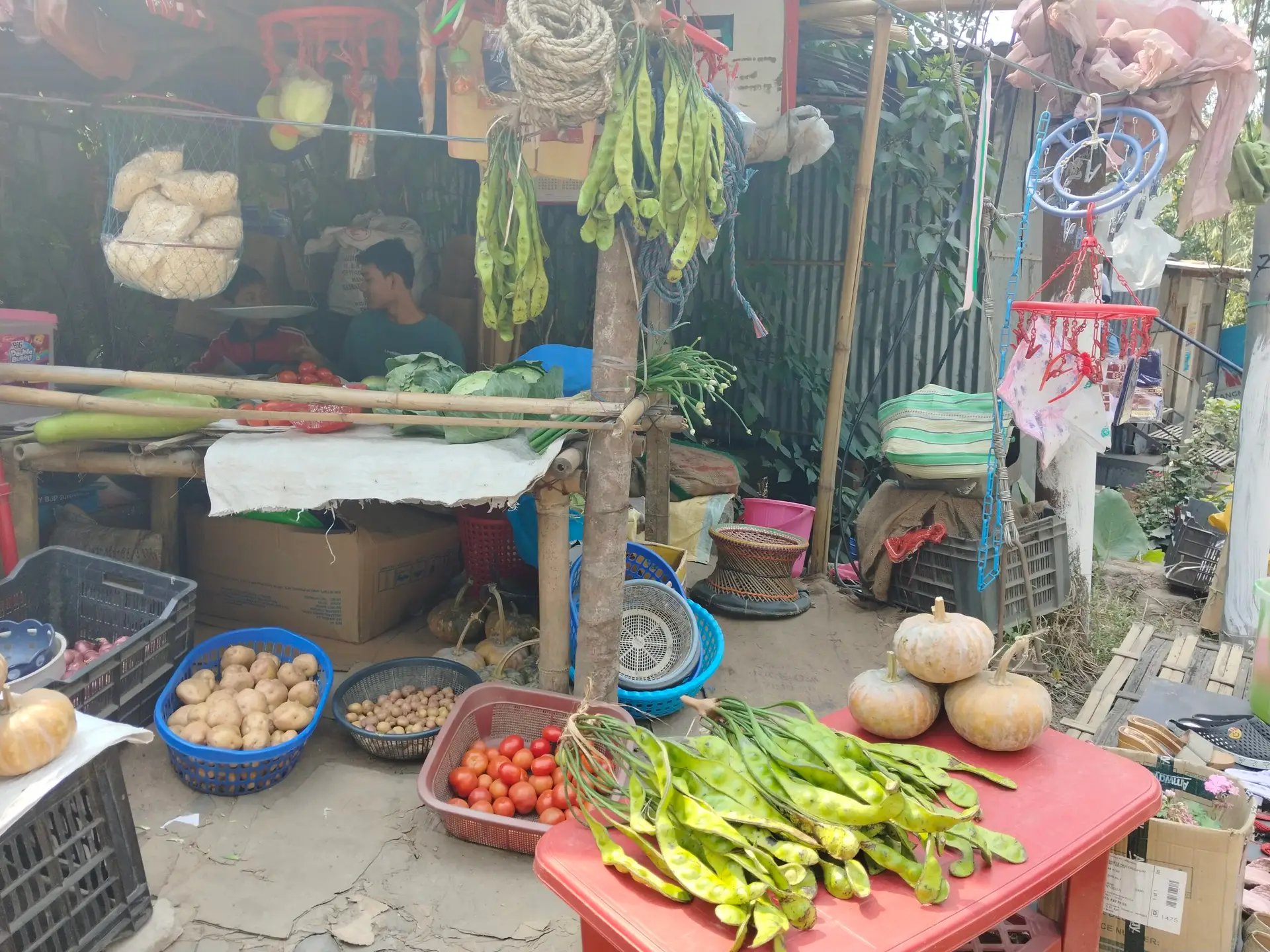
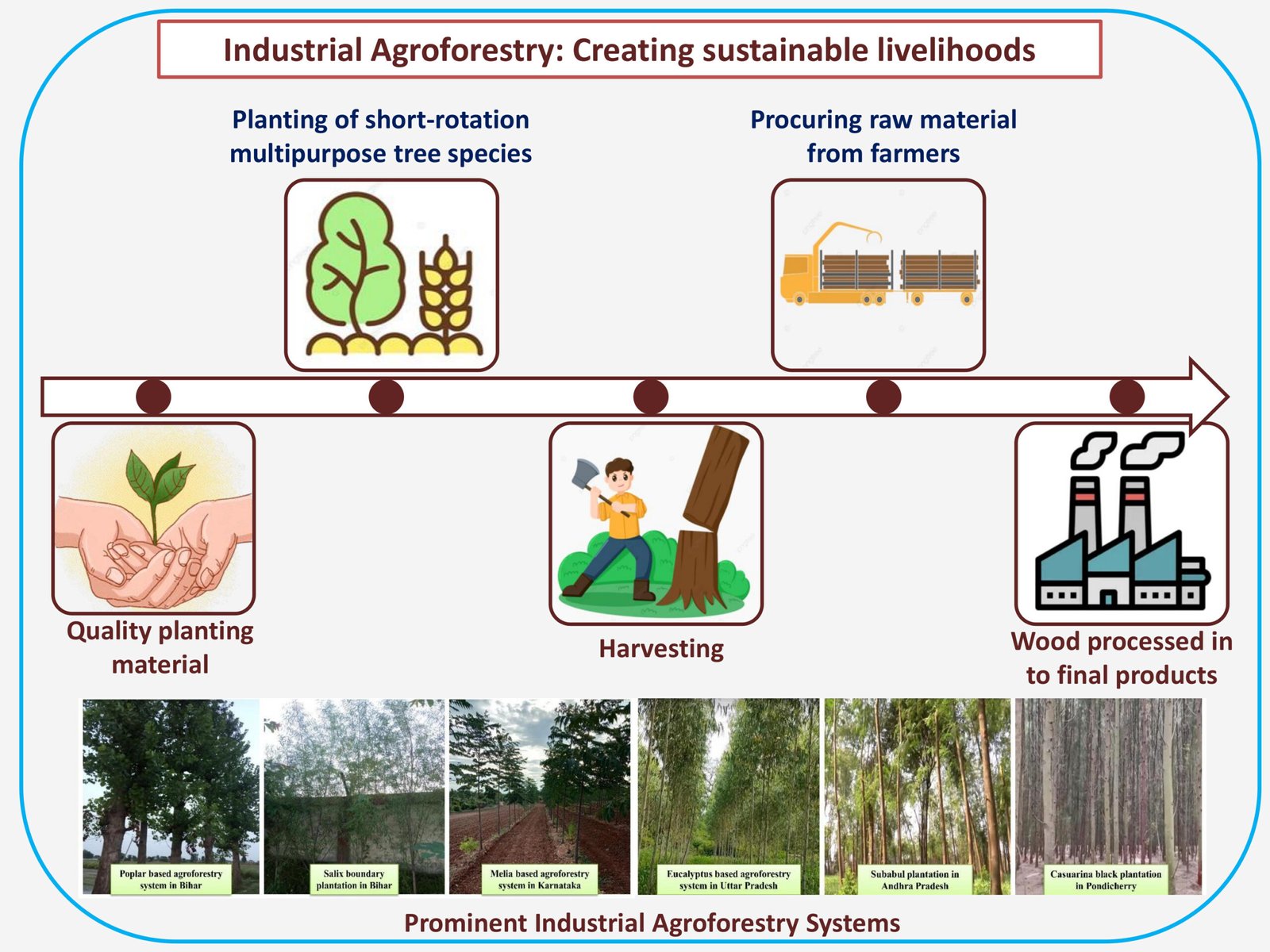
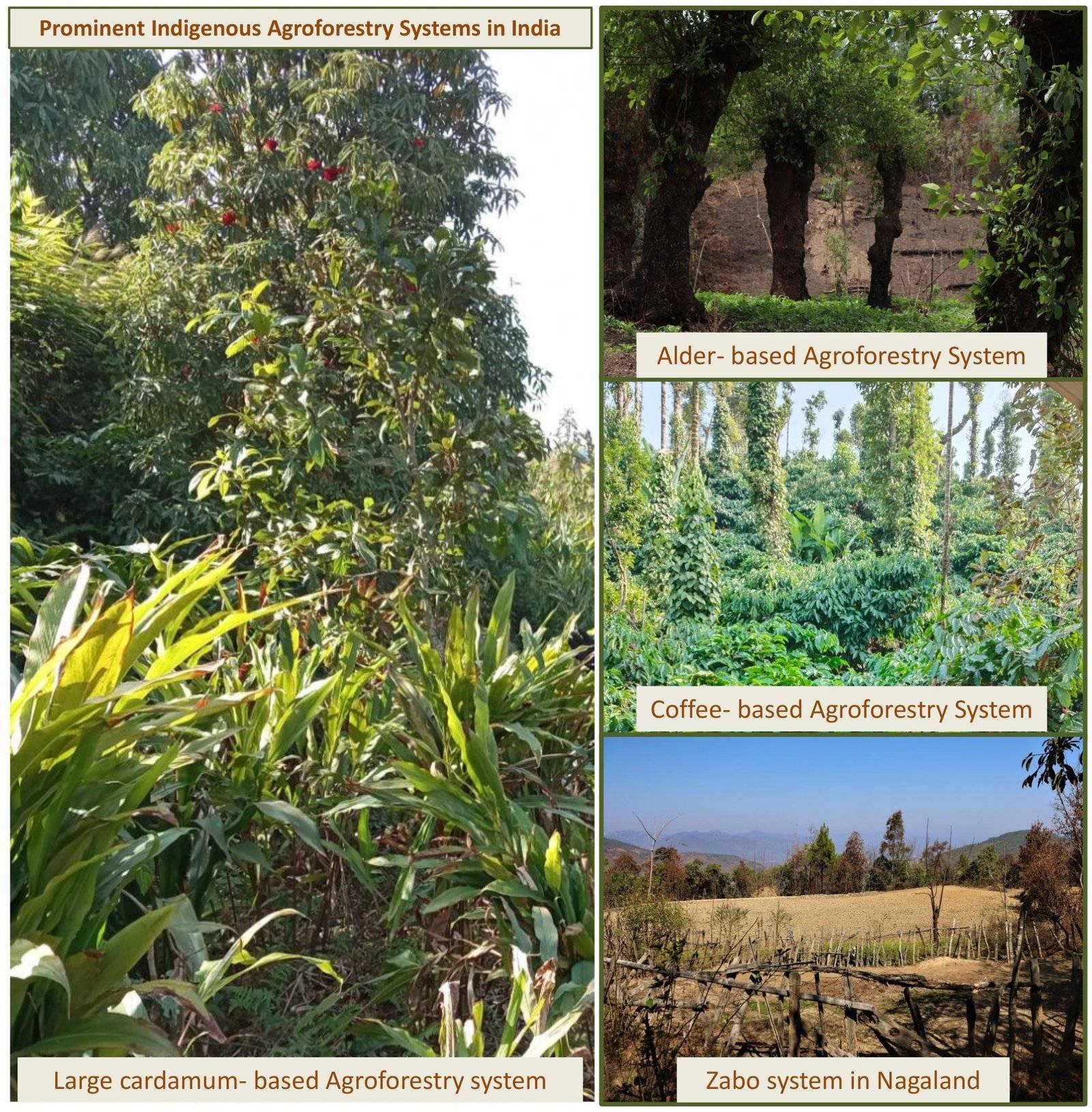
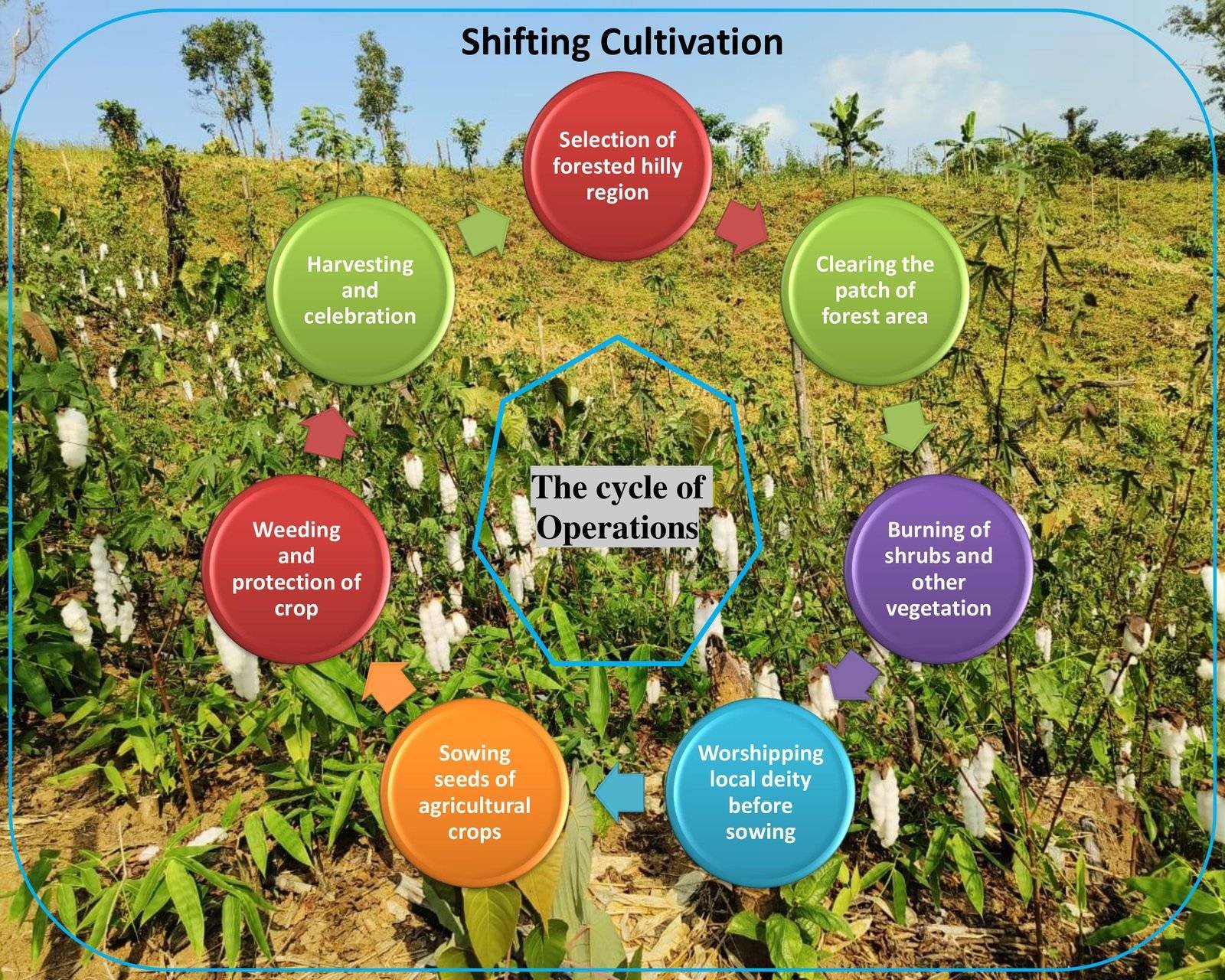
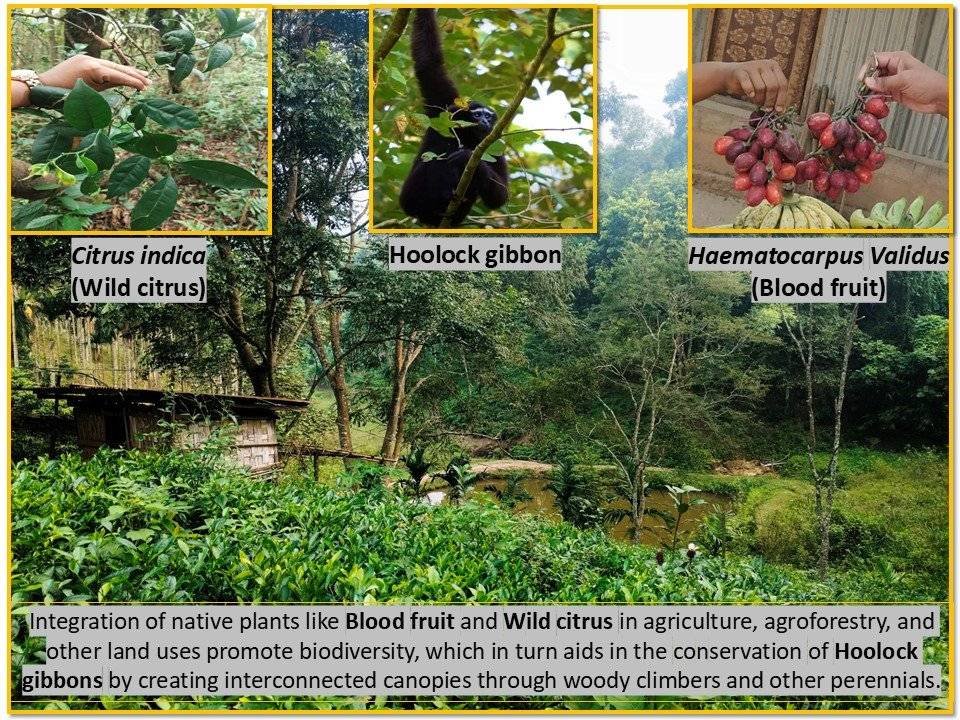

This remembers our ancestors food habits and their secret behind healthy lifestyle and disease free society
Absolutely! Our ancestors embraced natural, balanced diets centered on whole, seasonal, and locally sourced foods, providing optimal nutrition. Combined with active lifestyles and harmony with nature’s rhythms, this holistic approach supported health and minimized disease.
Our small initiative on reviving and adapting these practices can guide modern choices for healthier living.
With Regards
Dinesha and Sridevi